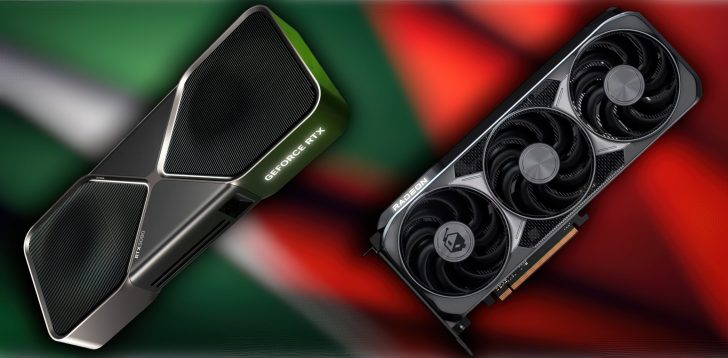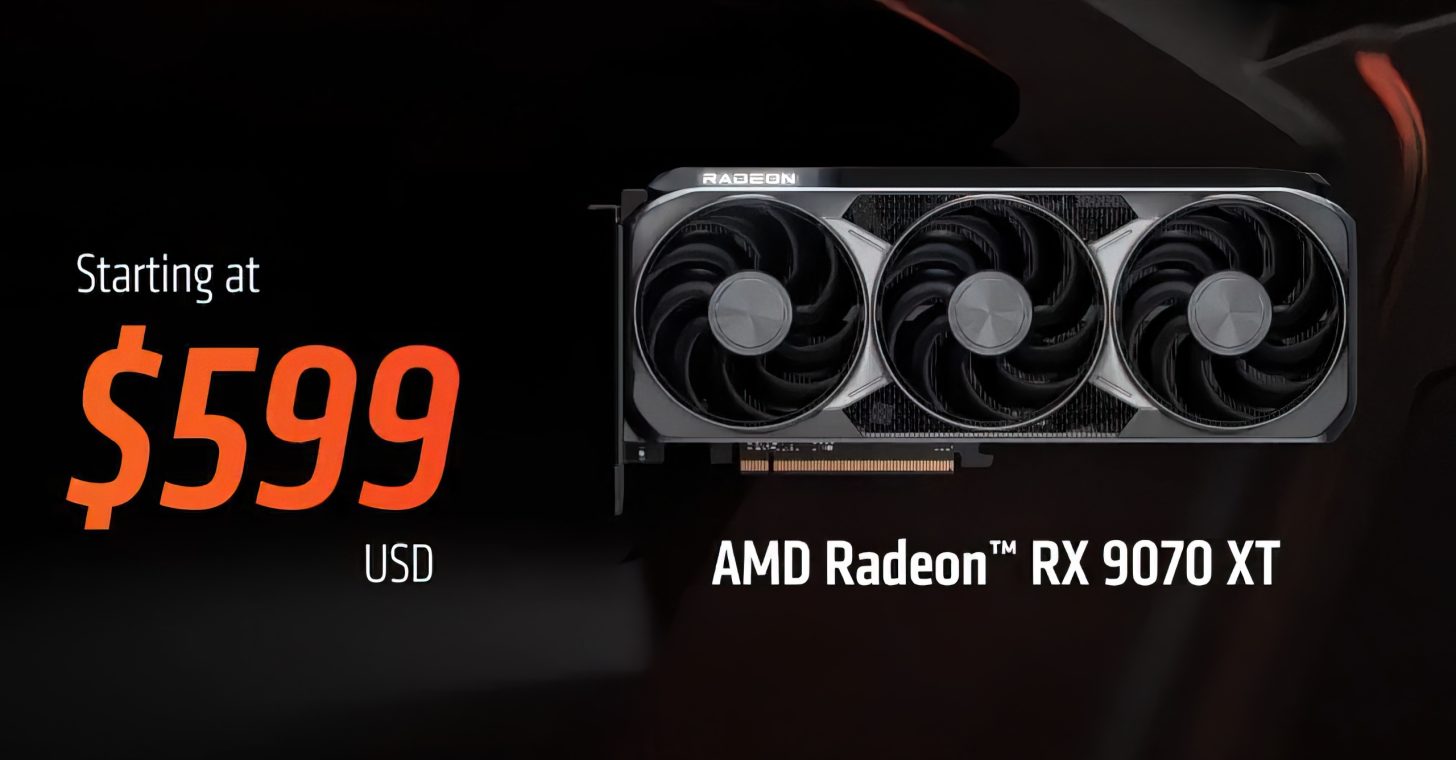Get ready for a shift in the gaming world as prices for AMD’s “Radeon” series of graphics cards, along with other GPUs, are set to increase due to surging memory costs. This move highlights the broader impact of changes in the semiconductor industry, affecting consumers and businesses alike.
Rising Memory Costs Impacting AMD and Other GPU Manufacturers
Recent reports from various sources indicate that AMD is leading the charge among GPU manufacturers by adjusting prices in response to escalating memory costs. The Chinese Board Channels have revealed that AMD has begun informing its partners about this impending price adjustment, which is primarily due to the increased cost of memory components.
The situation arises from a significant price increase in DRAM and NAND products, driven by heightened demand from the artificial intelligence sector. Despite this, manufacturers have not scaled up production, leading to a twofold increase in existing product prices. Consequently, AMD is set to raise GPU prices, marking the second such adjustment following a minor increase in October.
AMD Internally Notifies of Second GPU Price Increase
(Channel Gate, November 17, 2025, 12:04 PM, Shanghai) AMD GPUs already saw a price increase around October, but the increase was minor and not reflected in the cost of AMD cards. However, AMD recently announced internally that due to rising memory costs, a second price increase will be implemented. The specific implementation date has not yet been officially announced. AMD has clarified that due to a significant increase in memory procurement costs, the next shipment price for GPUs and memory will increase, with a larger increase potentially affecting all models. The specific amount and implementation time are not yet confirmed.
via Board Channels
Broader Implications for the GPU Market
This price hike is expected to affect all AMD GPUs, including those in the consumer, workstation, and AI segments, although a specific timeframe remains uncertain. Meanwhile, NVIDIA is reportedly considering a similar strategy, with a potential price increase slated for early 2026. This trend underscores the reliance of both AMD and NVIDIA on DRAM products like GDDR/LPDDR, which are experiencing price surges.

While AMD and NVIDIA are at the forefront of these changes, it’s important to note that the root of the issue lies within the DRAM manufacturing sector. A lack of production ramp-up to meet AI-driven demand has resulted in shortages, ultimately leading to these inevitable price hikes.
